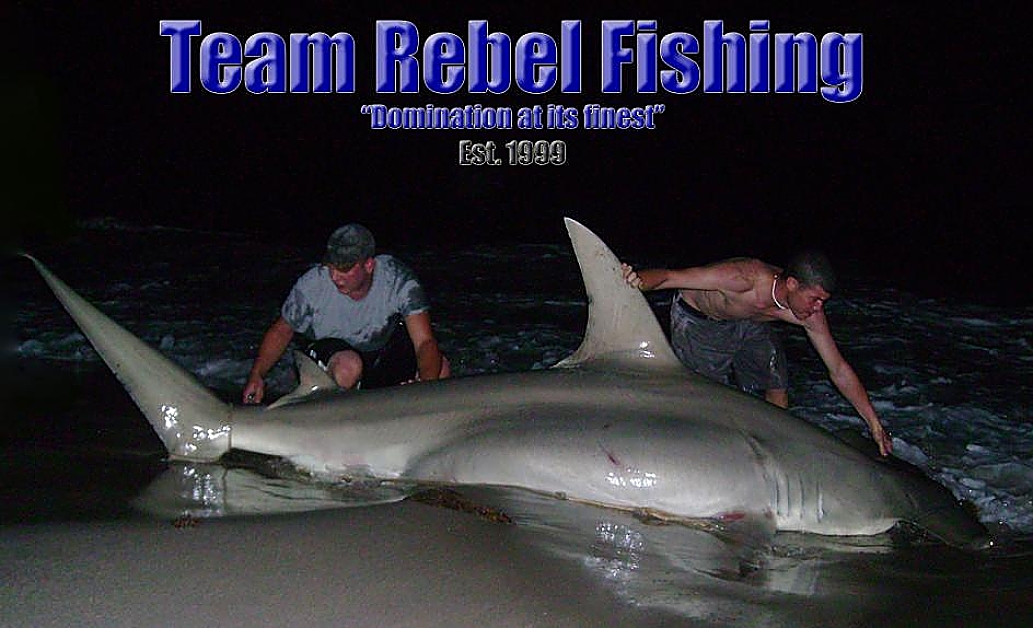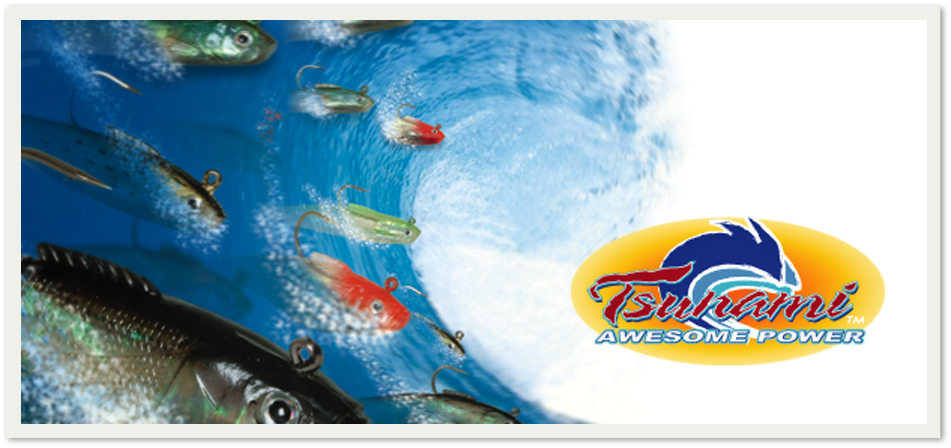The Demons of Durban- Part IV
 Friday, November 5, 2010 at 12:40PM
Friday, November 5, 2010 at 12:40PM 
The End of Days
A shark struggles against the side of the jetty, as countless anglers hold onto ropes that have grapple gaffs attached to the other end digging deeper and deeper into the unlucky specimens flesh as it gives one last violent struggle to try to save its own life.......But the struggle has exhausted the fish, and its day has finally come. The anglers would normally try to drag the shark up onto the jetty, but in some cases, they would allow the shark to suffocate and die, until it was wore out enough to drag it around to the beach side. Once a fish had been brought up onto the jetty or beach, they would enlist the help of as many willing anglers and bystanders possible to help get the shark to their home made weigh station on the jetty adjacent to the railroad tracks. The weigh station was constructed of three metal beams in a pyramid like structure, with a scale attached to the centerpoint to accurately weigh the fish.

Unknown man weighing a small white shark on the clubs homemade scale
The peak of the fishing season lasted only for a few months each year, but by the 1970's the whale population had declined greatly, therefore the act of whaling was outlawed in the early 70's, ending the era of a style of fishing that we may never see again in our lifetimes. These men and their accomplishments have been lost throughout the burrow of time, which is incredible to even consider due largely inpart to the fact of not only the size of the specimens they were capturing from the jetty, but also the gear these anglers used, and their innovative styles to help them pursuit some of the biggest fish ever caught from a shoreline in history. We have enjoyed being able to bring this multi-part expose to the public to read, and we hope with what we have just done here, that the legendary achievements of these fisherman will live on through many others now as well, and they may not be forgotten once again.

Wyn Moxley with a 1490lb White Shark taken from the jetty

R. Harrison with a 1660lb white shark, the largest ever taken from shore





























